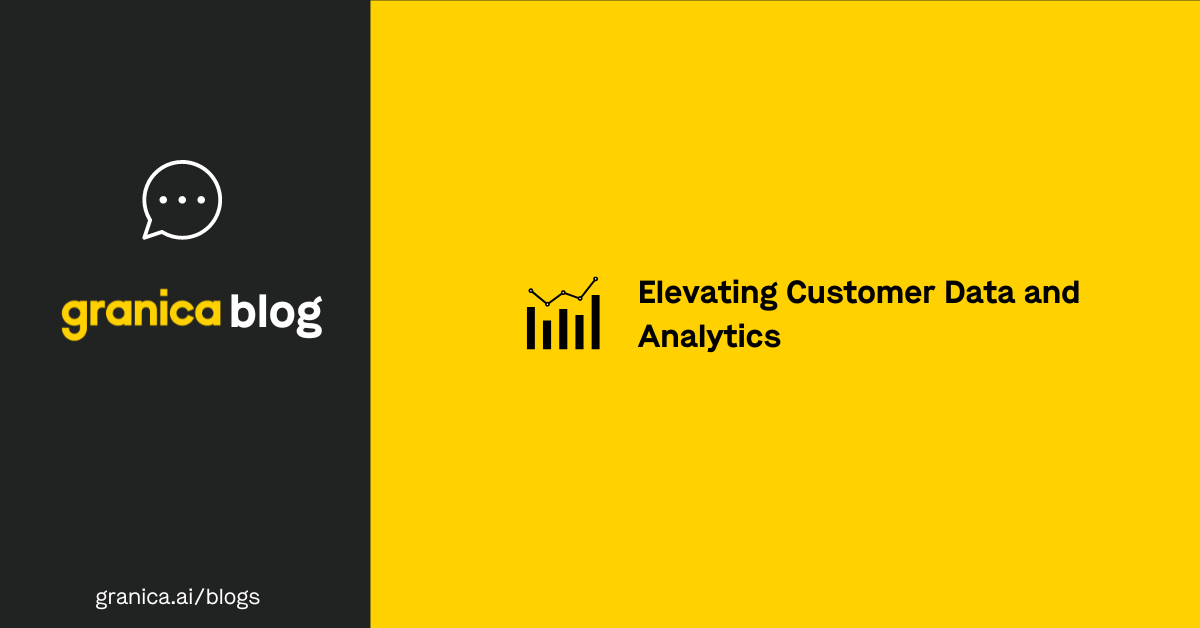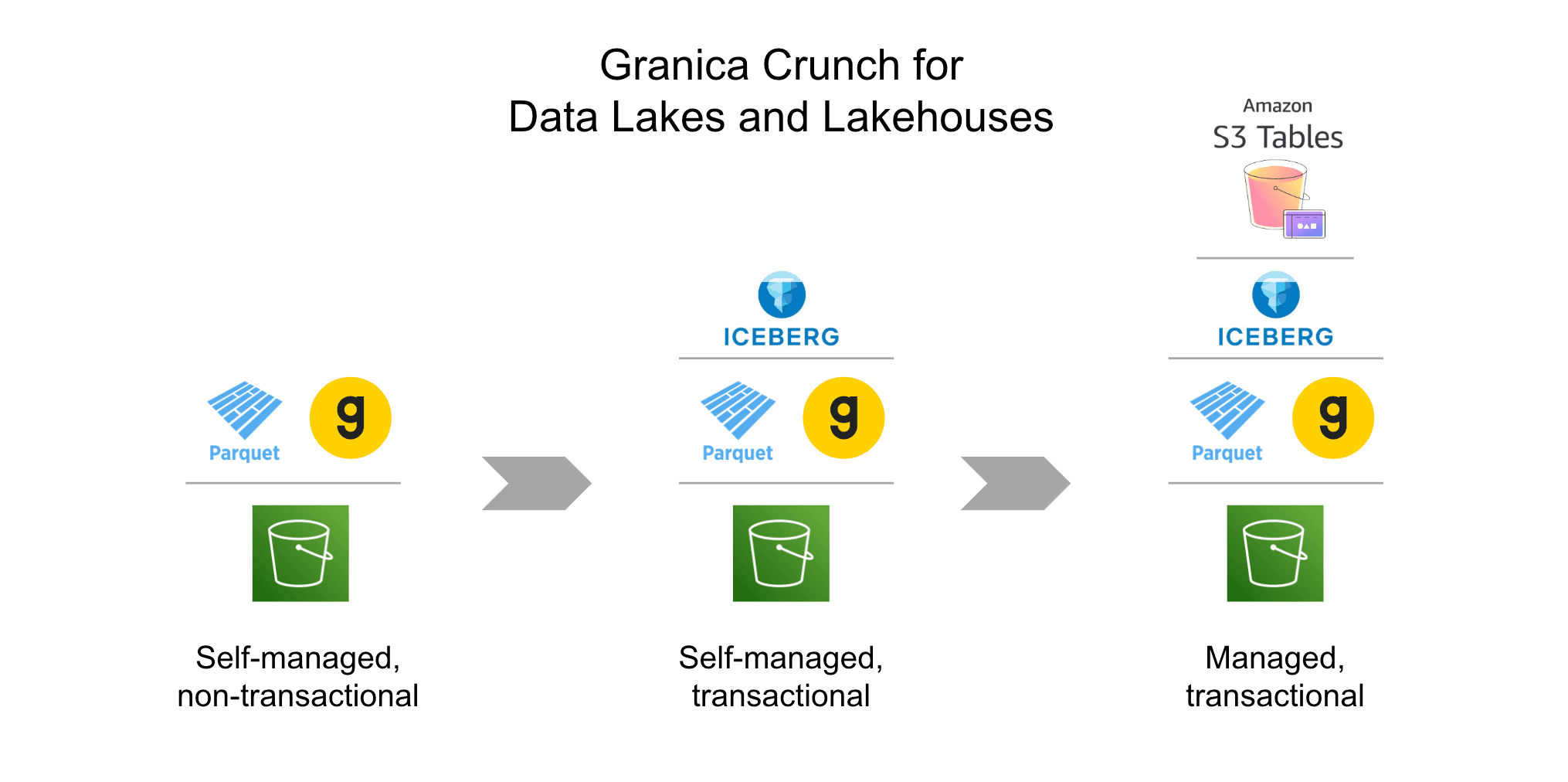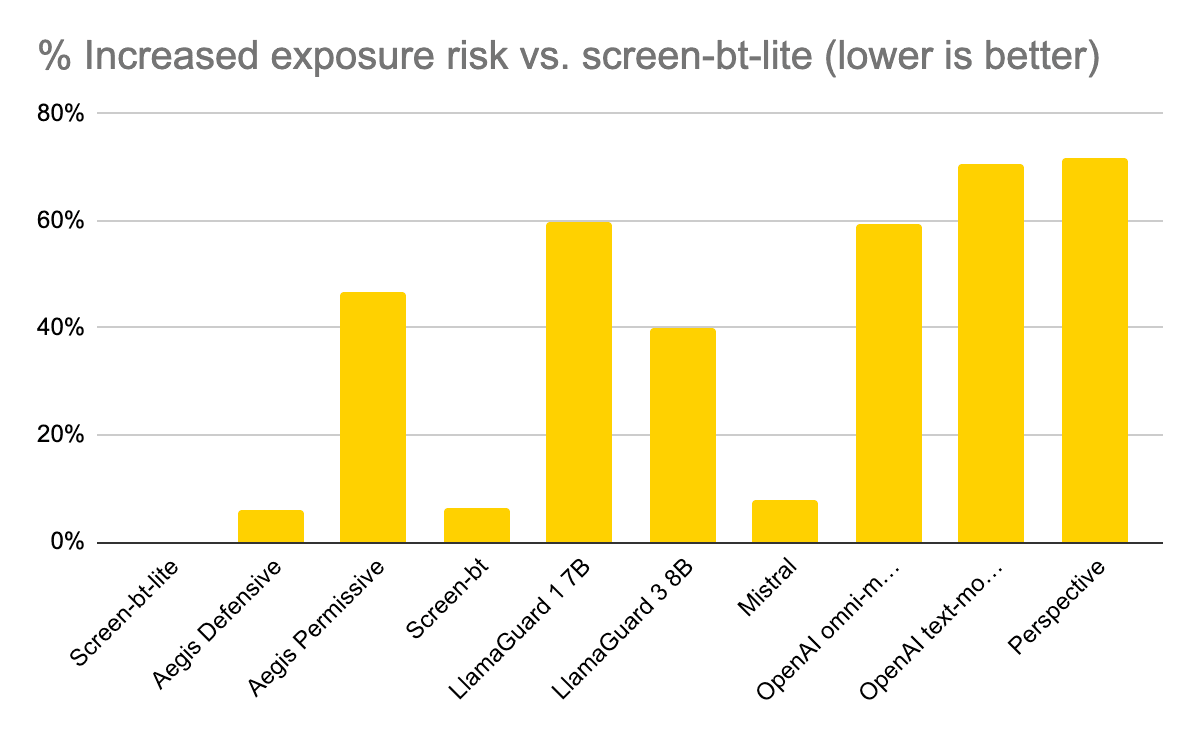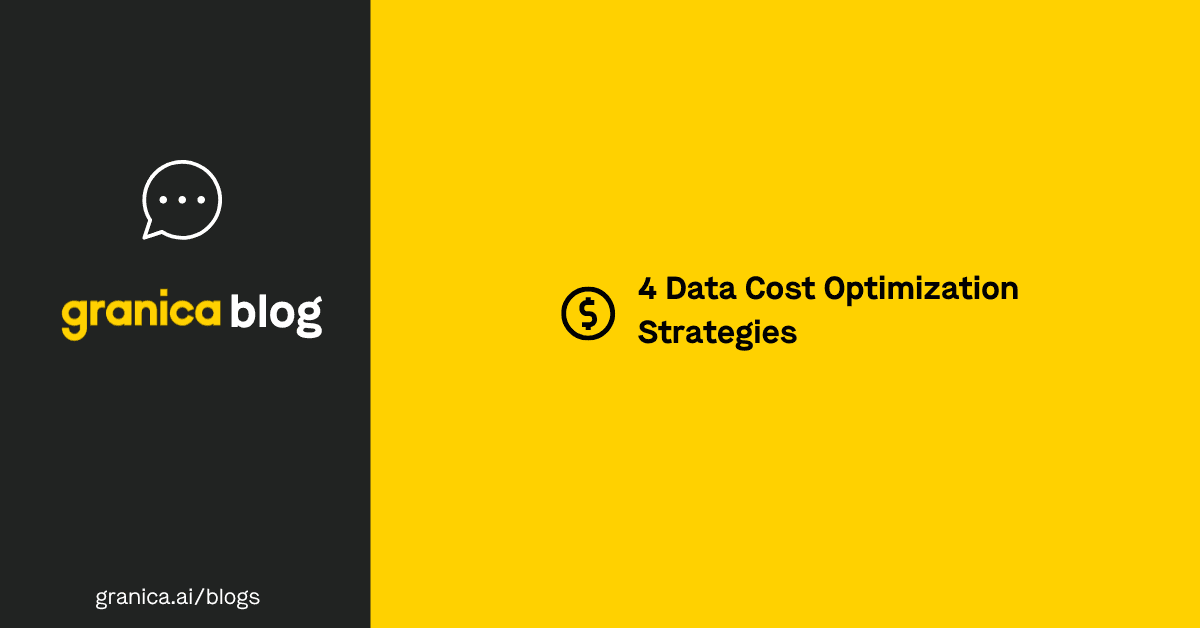Customer data platforms (CDPs) and digital analytics providers have become indispensable tools for organizations seeking ways to better understand and engage with their respective customers. CDPs and digital analytics providers are cross-industry applications that attempt to unify, analyze, and activate data that is collected from a customer’s interaction with a product or service offered by a business.
However, the true potential of these platforms often remains untapped due to underlying data management challenges. Effective data management has become a strategic imperative for CDPs and digital analytics providers to improve their end-user experience and overall effectiveness of their respective platforms.
CDPs and Digital Analytics At a Glance
CDPs and digital analytics are applications that collect and stitch together data from various sources and aggregate this data to make it queryable and actionable for marketeers, data scientists, data engineers, and other business professionals.
Suppose I want to book a flight from SFO to JFK using Delta Airlines’ mobile app. But, when attempting to book my flight, I am encountering issues with seat selection on the app, and instead decide to hold off on purchasing and exit. CDPs and digital analytics providers capture this data from my interaction with Delta Airlines’ mobile app. These interactions are what are referred to as “first-party data”.
First party data is a gold mine of information, providing insight into a customer’s full lifecycle journey, from first touch to post sales, tracking user actions such as rage clicks, heat maps, cart conversions / abandonment, page response times, and many more.
Pillars of Data Management
CDPs and digital analytics providers are only as good as the data they process and make actionable to their end-user. Effective data management practices form the foundation upon which these platforms build their capabilities. These include:
- Data Quality and Accuracy: According to Gartner, poor data quality costs organizations an average of $12.9 million annually. For CDPs and digital analytics providers, inaccurate data can lead to misguided insights and ineffective recommendations.
- Data Integration: CDPs and digital analytics providers often need to consolidate data from various sources. Proper data management ensures seamless integration, providing a unified view of the customer.
- Scalability: As businesses grow, so does their data. Efficient data management practices enable CDPs and digital analytics providers to scale effectively, handling increasing volumes of data in an affordable manner and without compromising performance.
- Compliance and Security: With regulations like GDPR and CCPA, proper data management is crucial for ensuring compliance and protecting sensitive customer information. According to the CDP Value Chain, 68% of respondents cite that data security is the most important criteria when evaluating CDPs and analytics platforms.
Improving End-User Experience
The CDP Institutes’ latest survey found that only “58% of companies with a deployed CDP say it delivers significant value”, indicating that end-user satisfaction is sub-par. While data management might seem like a behind-the-scenes operation, its impact on end-user experience is profound. Here are some ways in which effective data management practices can positively impact end-users:
- Faster Query Response Times: Optimized data storage and retrieval mechanisms can significantly reduce query response times, creating more efficient data analysis and faster insights about customer behavior.
- More Accurate Insights: Clean, well-managed data leads to more accurate analytics and insights. This enables end-users to make better-informed decisions and develop more effective strategies.
- Enhanced Data Visualization: Properly structured and managed data allows for more intuitive and meaningful data visualizations, making it easier for users to interpret complex information.
- Improved Data Discovery: Effective metadata management and data cataloging make it easier for users to find the data they need, enhancing productivity and user satisfaction.
Unsurprisingly, CDPs and digital analytics providers are seeking to incorporate generative AI capabilities in their existing products and services. LLMs can help analyze customer feedback, reviews, and social media interactions to extract insights and sentiment analysis. But, this is a chicken and egg problem - LLMs can only be effective insofar as there are robust data management practices supporting them.
Key Challenges for CDPs and Digital Analytics Vendors
The CDP and digital analytics market is highly competitive, and many vendors struggle with differentiation because there is such a large overlap of features offered. Despite their potential, CDPs and digital analytics platforms face several challenges that hinder their effectiveness:
- Data Integration: Integrating data from numerous source systems and applications can be complex, with each source bringing different data formats, schemas, and levels of quality. Certain vendors may not have the schema flexibility capable of making this data accessible and queryable, limiting ETL capabilities.
- Data Quality: Ensuring that source data ingested is accurate, complete, and up-to-date is crucial, as poor data quality can lead to faulty customer segmentation, targeting, and analysis.
- Data Volume: Vendors must scale to handle large amounts of data efficiently both at the storage and compute layer. The sheer volume of data collected can leave certain vendors hamstrung when processing very large volumes of data, imposing significant data costs and performance degradation.
- Real-time Data Processing: There is significant demand for real-time insights to deliver increasingly personalized levels of services, but many platforms struggle with this. Vendors need to deliver a no-code UI (eg. NLP / LLMs) that can push queries in real-time.
- Data Privacy and Governance: Balancing the need for comprehensive customer data analytics without privacy leaks and maintaining ethical considerations remains a complex challenge - these vendors are managing petabytes worth of valuable customer data on behalf of end users, and data privacy challenges at this scale only intensify.
How Granica Helps
As the landscape of customer data management evolves, CDPs and digital analytics providers must continuously innovate to meet user needs and expectations.
Granica provides CDPs and digital analytics providers with a suite of tools that enhances their data management capabilities for industry standard data lake and lakehouse formats such as Apache Parquet. Granica significantly reduces data costs, and creates multiple opportunities for differentiation and expanded product capabilities. The result: improved profit margins, more competitive pricing, enhanced customer value and retention, and operational efficiency.
The below table outlines key capabilities and features of CDPs and digital analytics providers, mapped to Granica’s solutions and how Granica helps:
| Vendor Feature and Capability | Granica Data Compression (For Cost Reduction) | Granica Data Compression (For Query Acceleration) | Granica Data Classification and Masking (For Safety) |
|---|---|---|---|
| Session Replays and Heatmaps | Enables storage of more historical session replay data, allowing for longer term trend analysis | Enables quicker filtering and searching within session replays, and quicker aggregation and display of heatmaps | Automates the discovery, classification, and masking of PII and sensitive information in session replays |
| Clickstream Analysis | Allows storage of granular clickstream data for longer periods of time | Facilitates faster queries across large datasets, making it possible to identify subtle patterns in user behavior | Variety of redaction formats allow for anonymization of clickstream data, while maintaining analytical value |
| First Party Data Management | Allows storage and processing of larger volumes of first-party data, creating more comprehensive customer profiles | Reduces execution time for queries of large-scale, first-party datasets, creating potential for more granular targeting and personalization | Ensures compliance with data regulations for first-party data and prevents the leakage of sensitive information |
| ETL / ELT | Reduces data transfer times during the ETL / ELT process, while enabling more efficient storage of intermediate data in the transformation stage | Speeds up data transformation tasks, reducing overall ETL / ELT process times | Allows for anonymization during the transformation stage of ETL / ELT, enabling safe use in analytics |
| Predictive Analytics, ML, and AI | Enables storage and processing of larger, historical datasets, improving the accuracy of predictive models | Allows for faster training and fine-tuning of machine learning models via quicker data retrieval | Enables the safe use of data in model training, fine-tuning, and inference without leaking sensitive information |
Effective data management is not just a technical necessity; it’s a strategic imperative for CDPs and digital analytics providers to overcome key challenges, enhance end-user experience, and unlock the full potential of the data they collect and manage. This is further magnified with the push for integrating generative AI capabilities into these platforms - LLMs require large-scale, high quality datasets for pre-training and fine-tuning. Vendors that prioritize effective data management will be well-positioned to gain a competitive edge in the increasingly data-driven landscape.
Granica is helping leading CDPs and digital analytics providers unlock more effective data management practices to deliver differentiated services and enhanced product experiences for end-users. Curious to learn more? Sign up for a demo below!






